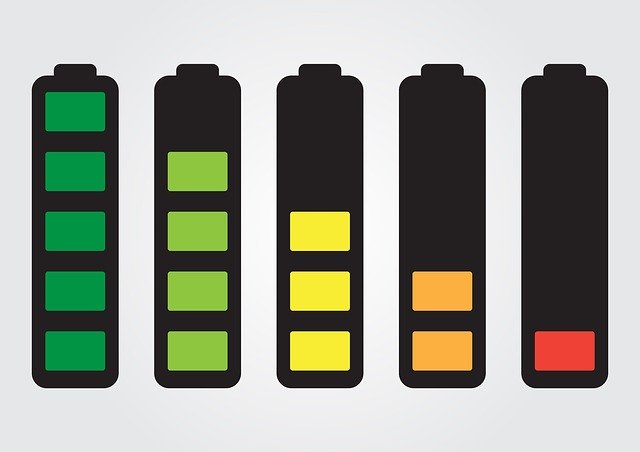How Do Batteries Work?
How Do Batteries Work?

Batteries provide a convenient source of voltage for powering all types of electric circuits. This voltage can be provided in other ways as well. For example, AC adaptors provide power from the mains and solar cells convert solar energy into voltage as well. Nevertheless, batteries are by far the most reliable source of power for a wide variety of electronic circuits.
A battery is a clever little contraption that creates electrical energy from chemical energy. It also provides a negative charge that allows a current to flow. UPS batteries come in various forms and unique names, such as the ‘yuasa npw45-12‘.
How does a battery work?
Inside the battery are two metal plates of different types of metals that are treated with a special solution, an electrolyte. As the different metals begin to react with the electrolyte solution electrons begin to flow from the positively charged metal plate, or cathode, to the negative plate, the anode. This creates the flow of electrons that can power an electrical circuit.
All that is needed is to connect the external terminals of the cathode and anode to an electric circuit to provide it with functional power.
You will find a great variety of batteries with different sizes, shapes and purposes. But for most of your battery needs you will only need to know about a select few types of batteries most commonly used and available at most hardware, supply, drug and department stores.
There are three sizes of cylindrical batteries: D, C, AA and AAA. But even though they come in different sizes, they all provide the same 1.5V charge. The important difference is that larger batteries can provide current for a longer period.
The positive terminal on a cylindrical battery, or the cathode, is the one with the metal bump protruding from one end. The anode is the slat end of the battery.
Then there is the rectangular type of battery that carries a full 9V charge. Most people are surprised to find out that in a 9V battery are 6 smaller cells with the capacity of a AAA battery. At 1.5V each, these batteries are arranged to provide a 9V charge.
Here are few more things to know about batteries and battery power:
In addition to the more common types of batteries mentioned here, there are many other batteries designed to power very specific electronic devices. There are specialized batteries in digital cameras, cellphones, mobile devices, electronic bikes, cars, computers and much more.
It is important to remember that toxic chemicals are used in the creation of batteries and it is important they are disposed of properly.
You can use your voltmeter to check the charge of your batteries, this should be done to keep your batteries and circuits powered well. Just set the voltmeter to a proper DC setting. Then all you have to do is connect the red test lead to the cathode and the black test lead to the anode. The charge of your battery will be displayed on the register. Yuasa lead acid batteries that are used in things such as fire alarms, toys, security and much more.
It is always a good idea to invest in rechargeable batteries. They cost a little more than non-rechargeable batteries but are more cost-effective in the long run as they are good for several charges.

